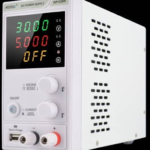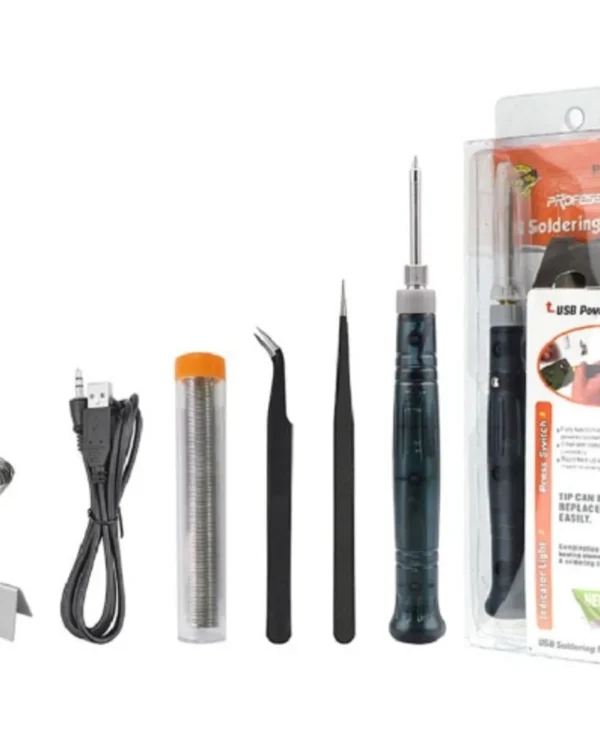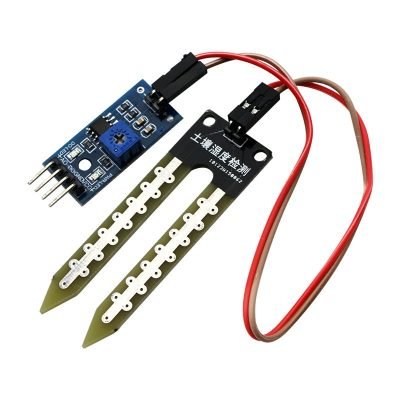Electronic Soil Hygrometer
₦ 1,500
Fast Shipping
Technical Support
Experienced technical support
Nationwide Delivery
To all 36 States
Description
The Soil Moisture Sensor is a key component for agricultural and gardening applications, designed to measure the moisture content in the soil accurately. This sensor helps in efficient water management by providing real-time data on soil moisture levels, ensuring plants receive the appropriate amount of water. It is ideal for use in automated irrigation systems, greenhouses, and home gardens.
Key Features:
- Accurate Measurement: Provides reliable and precise soil moisture readings
- Easy Integration: Compatible with various microcontrollers and development boards, including Arduino and Raspberry Pi
- Durable Design: Made from corrosion-resistant materials for long-lasting use
- Analog Output: Provides an analog voltage output corresponding to soil moisture level
- Low Power Consumption: Designed to consume minimal power, making it suitable for battery-powered systems
Technical Specifications:
- Operating Voltage: 3.3V to 5V DC
- Output Type: Analog voltage output
- Sensor Type: Capacitive or resistive (varies by model)
- Probe Material: Typically corrosion-resistant metal or conductive polymer
- Dimensions: Varies by model, typically around 60mm x 20mm for the probe
- Cable Length: Usually comes with a cable for easy connection, around 20-30cm
Applications:
- Automated Irrigation Systems: Helps automate watering schedules based on soil moisture levels
- Greenhouses: Monitors and maintains optimal soil moisture for various plants
- Home Gardening: Assists in managing water usage for home gardens
- Agriculture: Used in precision farming to optimize water usage and improve crop yields
- Research Projects: Ideal for educational and research purposes in studying soil moisture dynamics
Usage:
- Connection: Connect the sensor to the microcontroller or development board using the provided cables.
- Power Supply: Supply the sensor with 3.3V to 5V DC power.
- Reading Data: Read the analog voltage output from the sensor and convert it to a soil moisture level using appropriate code or software.
- Integration: Integrate the sensor data into an automated system to control irrigation based on soil moisture readings.
Caution:
- Installation: Insert the probe into the soil at the desired depth to get accurate readings.
- Corrosion: Regularly check for corrosion or damage, especially in resistive models, and replace if necessary.
- Calibration: Calibrate the sensor if required to ensure accurate readings.
Reviews (0)
Only logged in customers who have purchased this product may leave a review.
Shopping cart
Sign in
No account yet?
Create an Account
Electronic Soil Hygrometer
₦ 1,500
Electronic Soil Hygrometer is ready to ship 🇳🇬
We are here to help with tech support or orders
Open chat












 Power supply
Power supply








Reviews
Clear filtersThere are no reviews yet.